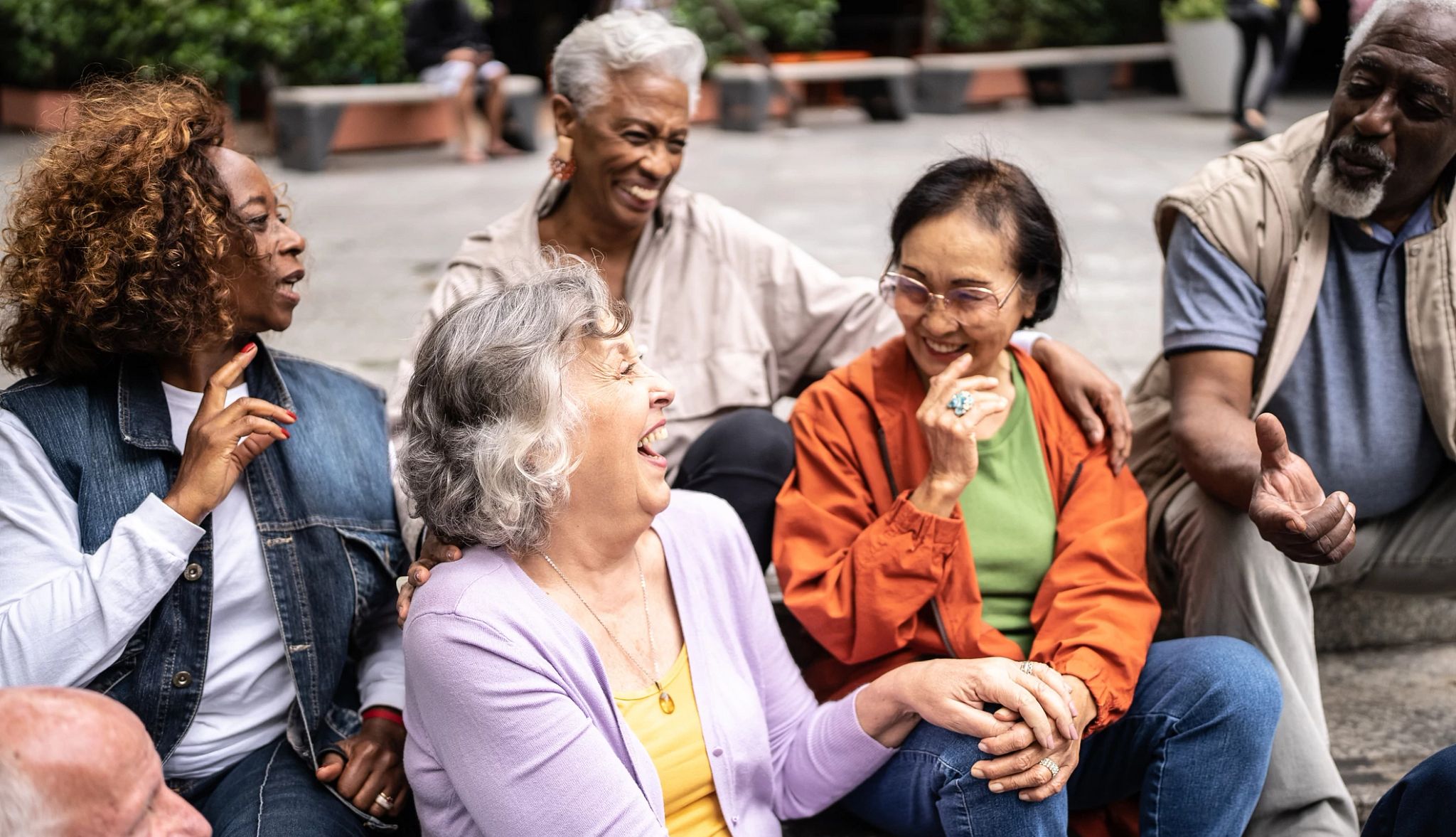AARP Hearing Center
The Growing Racial and Ethnic Diversity of Older Adults
By Wendy Fox-Grage, April 18, 2016 10:38 AM

I live in Fairfax County, Va., where the population is extremely diverse and aging. This county is a large suburb of Washington, D.C. More than 1 out of every 4 county residents 70 years or older speak a language other than English at home. Of those speaking another language, 1 out of 6 do not speak English. My home county is a window into what the older population in the U.S. will be in the future. The following numbers tell the story.
The older population is projected to become more racially and ethnically diverse as our multicultural society ages.
In 2015, roughly 8 out of 10 people age 65-plus (78 percent) in the U.S. were white non-Hispanic. Roughly 37.4 million people age 65-plus were white, out of the total older population of 47.9 million. In contrast, today’s younger populations are much more diverse. In 2015, roughly 52 percent of people under age 18 were white non-Hispanic.
However, less than 6 out of 10 older Americans (57 percent) in the U.S. will be white by 2060. In the 2030s, the number of white older adults will level off while the other racial and ethnic groups will increase. The dramatic increase in the total numbers of older adults from the mid-2030s to 2060 is largely because of the growth in other racial and ethnic groups, particularly the Hispanic population.
From 2015 to 2060, the number of black older adults in the U.S. will nearly triple and the number of Hispanic older adults will more than quintuple while the number of whites will less than double.
Projected Increase in Population Age 65-Plus From 2015 to 2060, by Race & Ethnicity
| Demographic | 2015 | 2060 |
| White | 37.4 million | 55.2 million |
| Hispanic | 3.7 million | 19.9 million |
| Black | 4.2 million | 11.4 million |
| Other / Non-Hispanic | 2.5 million | 10.3 milion |
| Totals | 47.9 million | 96.8 million |
This increase is due both to higher birth rates and to immigration among racial and ethnic minority populations. About 15 percent of people age 65-plus lived in a home where a language other than English was spoken in 2014.
Racial and ethnic diversity is more concentrated in certain states.
Aging populations of racial and ethnic groups outnumbered whites in Hawaii (60 percent Asian/Pacific Islander) and the District of Columbia (60 percent black) in 2014. In New Mexico, California and Texas — the states with the highest proportion of Hispanics — more than 30 percent of people age 65-plus are not white.
About one-third of older adults in California (35 percent), New Mexico (35 percent) and Hawaii (30 percent) spoke a language other than English at home in 2014. About one-fourth in Texas (26 percent) and New York (25 percent) were non-English-speaking at home.
Conclusion
The growing ethnic and racial diversity of the older population has enormous implications for meeting diverse personal and family caregiver preferences, providing services with cultural sensitivity, and training the paid health care workforce in cultural competence.
This blog is the second in a series that will focus on data that affects long-term services and supports.































































